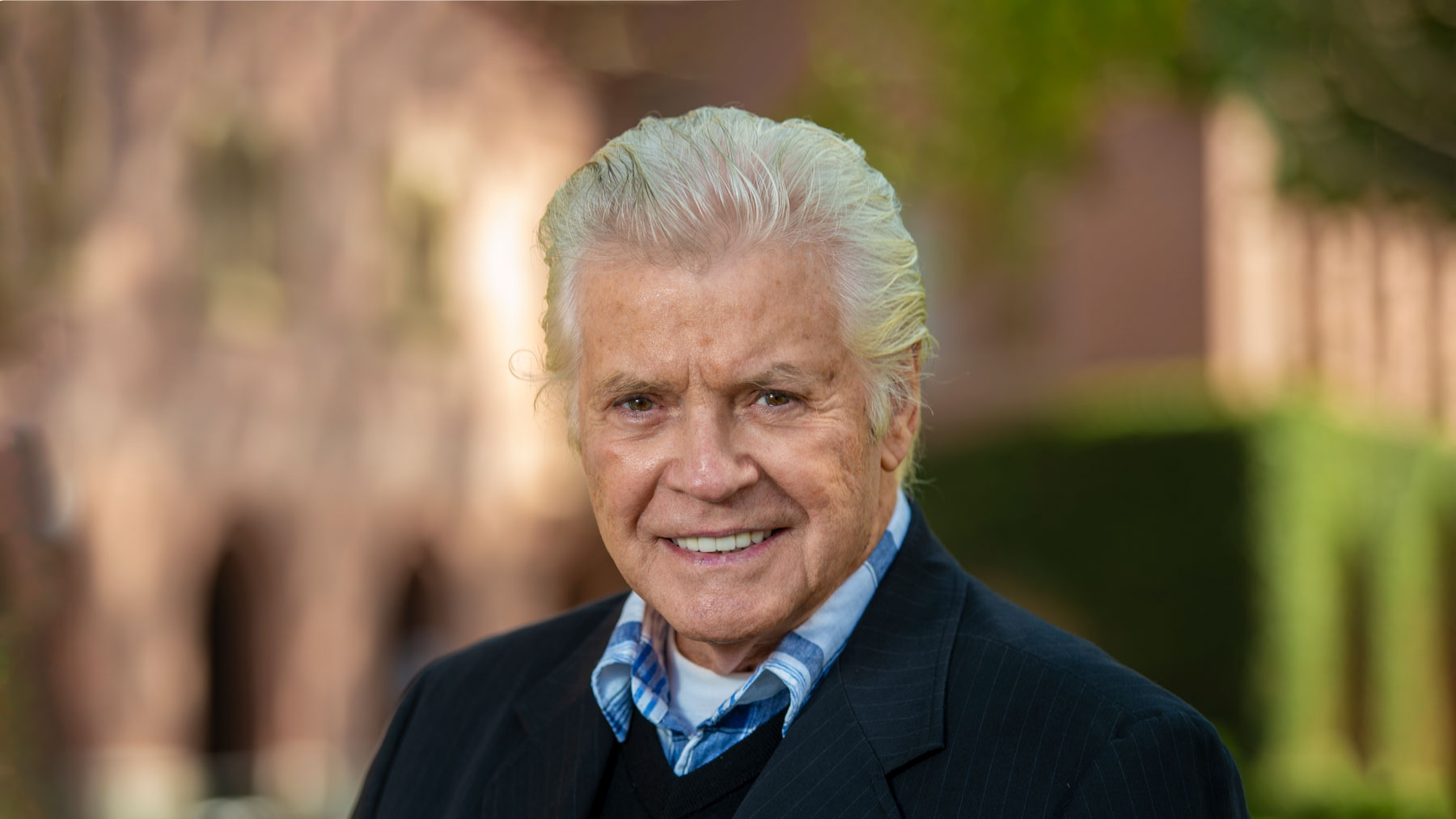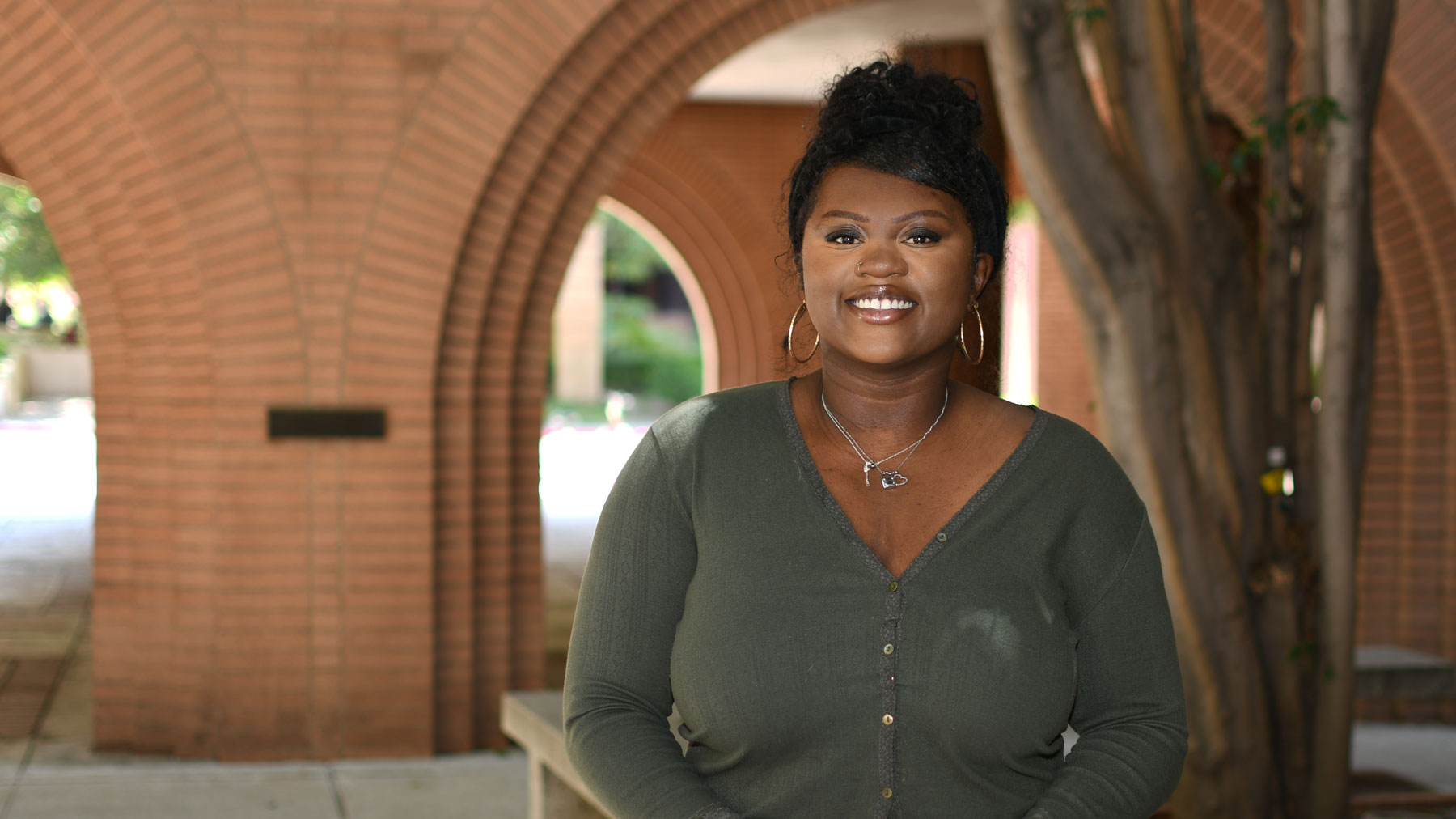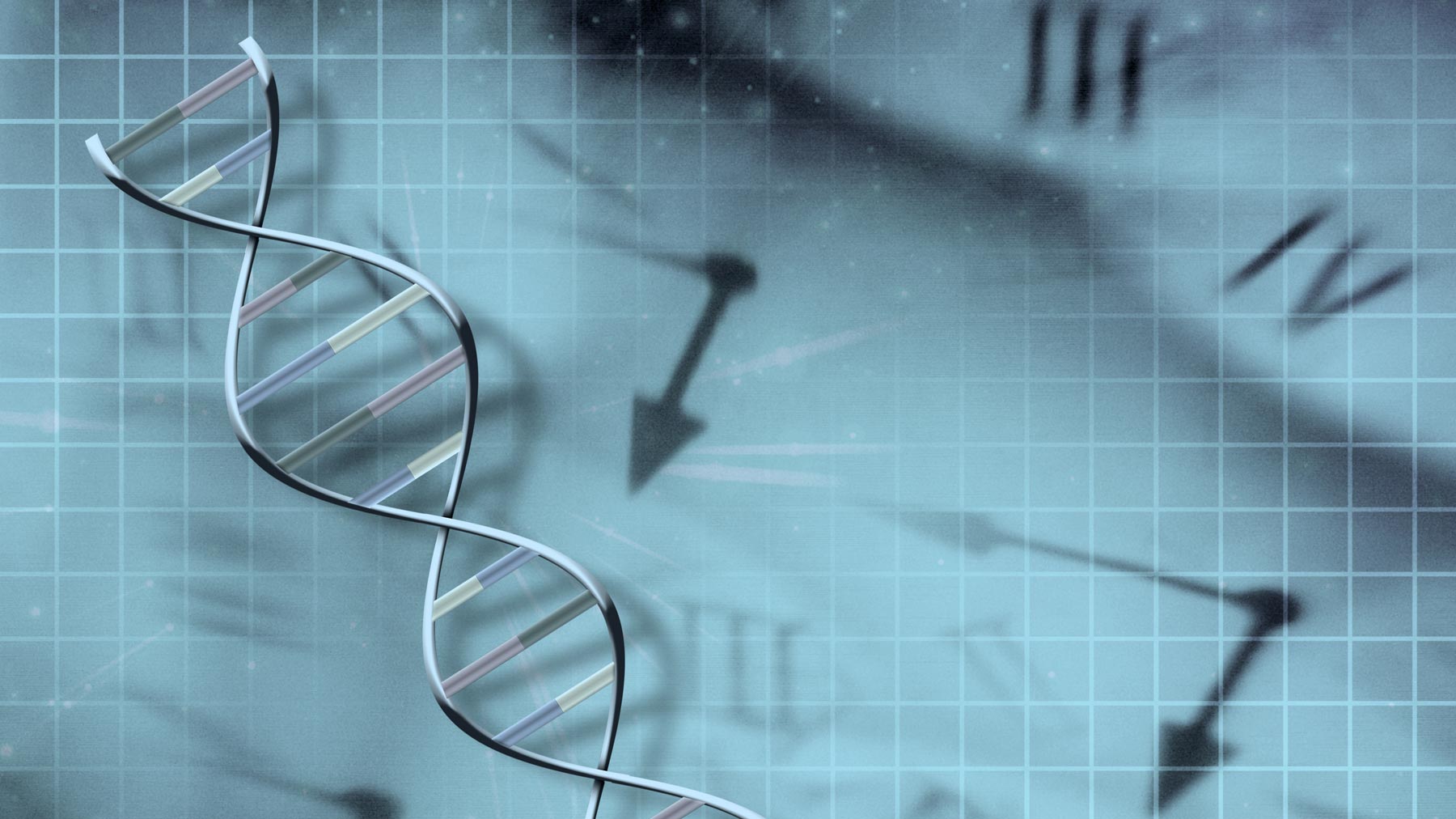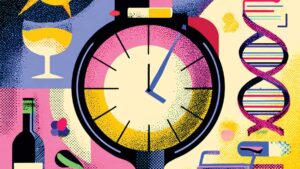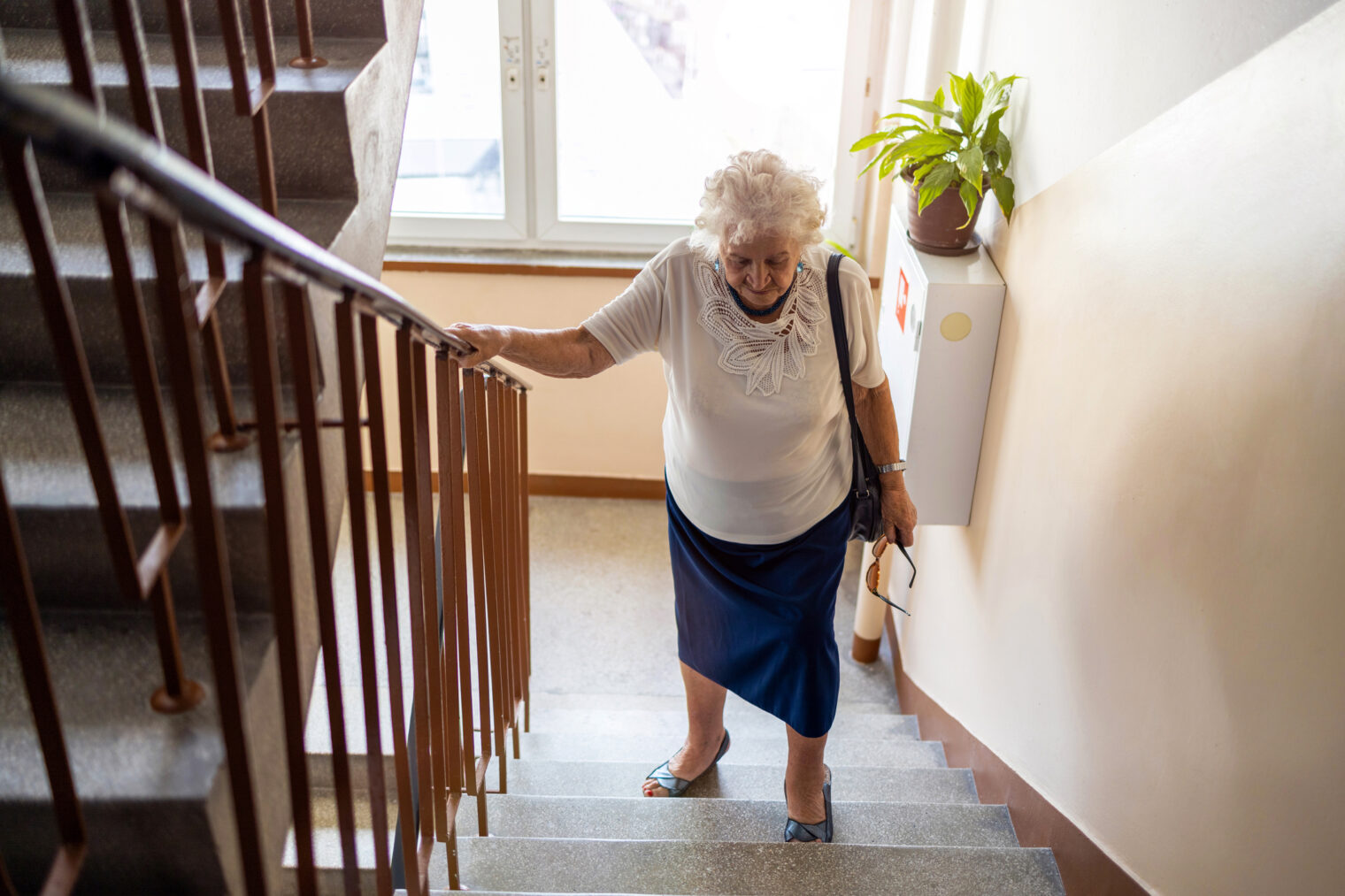
The National Council on Aging partnered with the University of Southern California Leonard Davis School of Gerontology to develop a series of resources that feature home modification and home safety programs, assessment tools, and funding sources for families and professionals.
Read More

